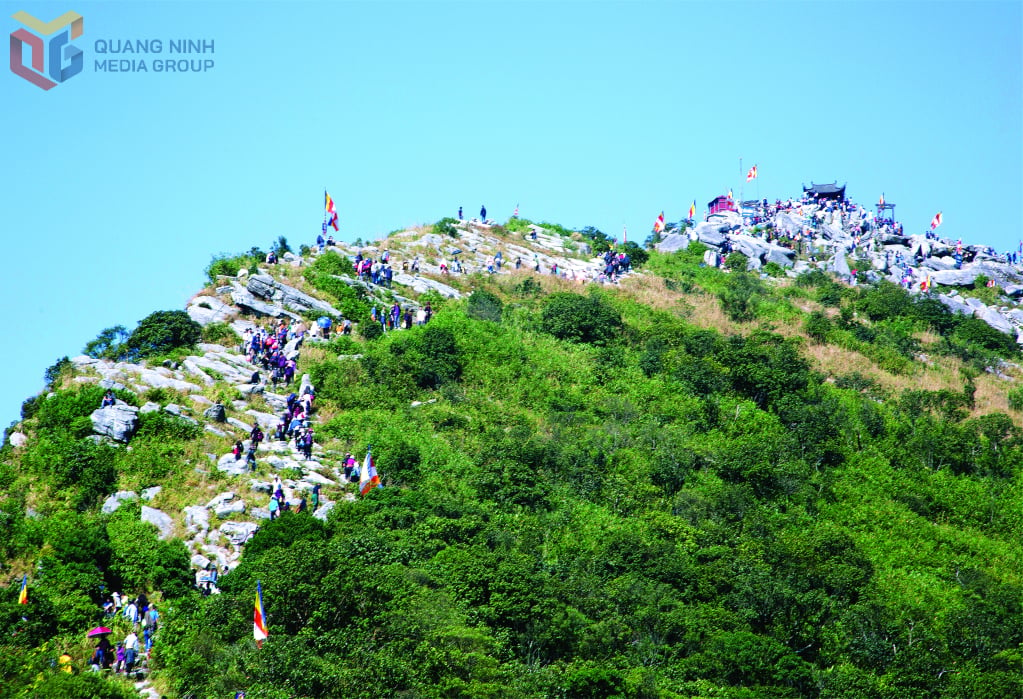
This continuous heritage complex includes sacred mountains, spiritual springs, pagodas, meditation hermitages, pilgrimage routes, inscriptions, and ritual landscapes - all of which represent the living thought and practice of Truc Lam Buddhism. Originating from and closely connected to the nature and culture of the Yen Tu mountain region, these sites reflect the concept of national governance, spiritual cultivation, and living in harmony with nature.
The continued practice of rituals at these sites, together with the vibrant development of Truc Lam Buddhism in Vietnam and internationally, affirms that this heritage site is a living cultural landscape, of special value at both the national and global levels – reflecting the values and spirit of peace- loving, self-reliant and tolerant.
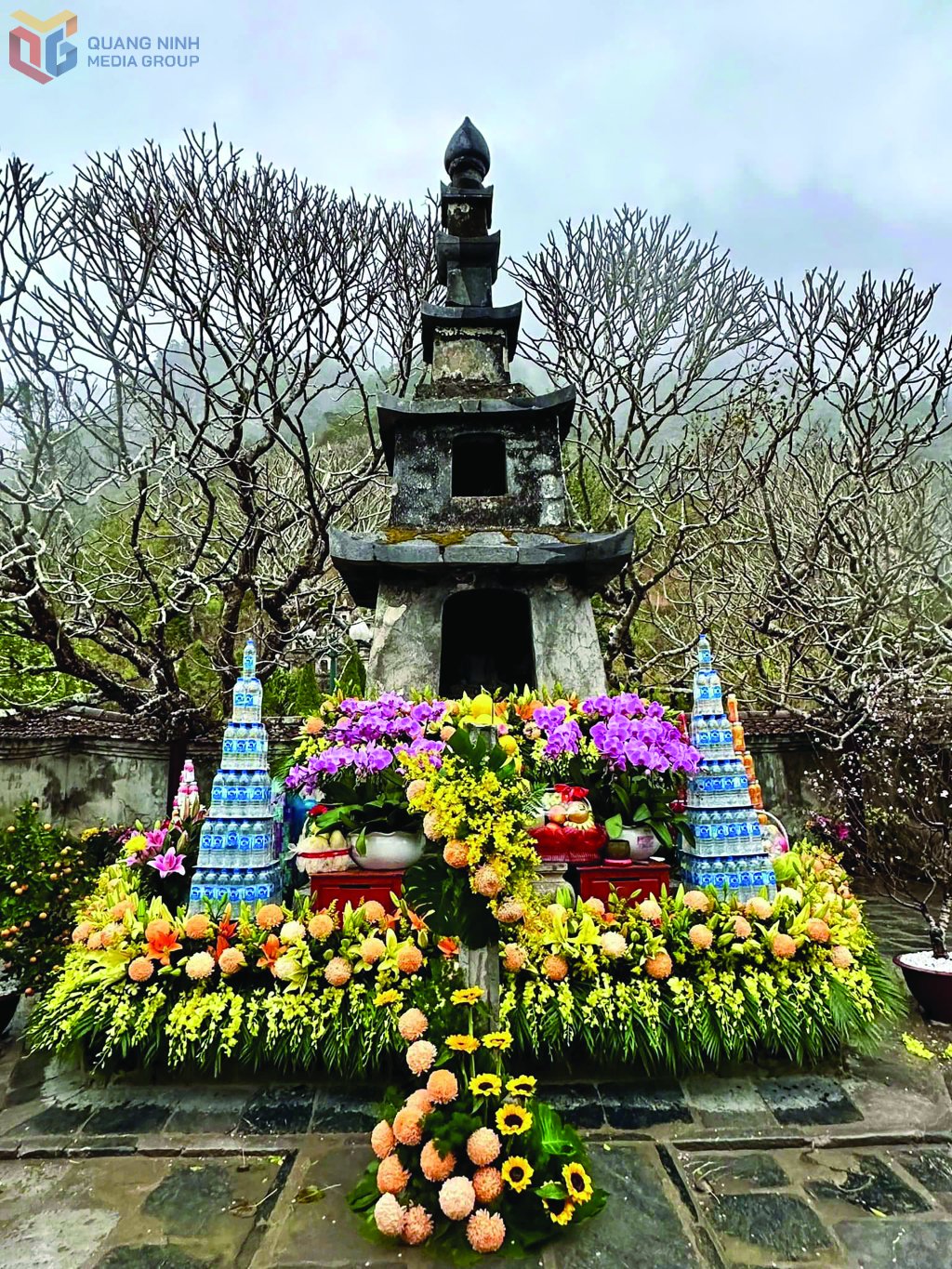
The Yen Tu Complex of Monuments and Landscapes is a chain-like heritage consisting of 12 relics/groups of relics, distilled from hundreds of relics and landscapes of 6 special national relic sites in 3 provinces of Quang Ninh, Bac Ninh and Hai Phong, all located on the Yen Tu mountain range in the Northeast of Vietnam. The total area of the nominated heritage site is 525.75ha, the buffer zone is 4,380.19ha. The relics are organically connected to each other in the heritage story of Truc Lam Buddhism and ancestor worship, in a close interaction with the Tran Dynasty and Yen Tu nature.
The relics of Thai Mieu and Kiep Bac Temple - represent the homeland of the Tran Dynasty with the tradition of worshiping and remembering deities, ancestors and national heroes. Hoa Yen Pagoda, Lan Pagoda and Ngoa Van Hermitage are associated with the career of practicing and attaining enlightenment of Buddha King Tran Nhan Tong and the birth of Truc Lam Buddhism.
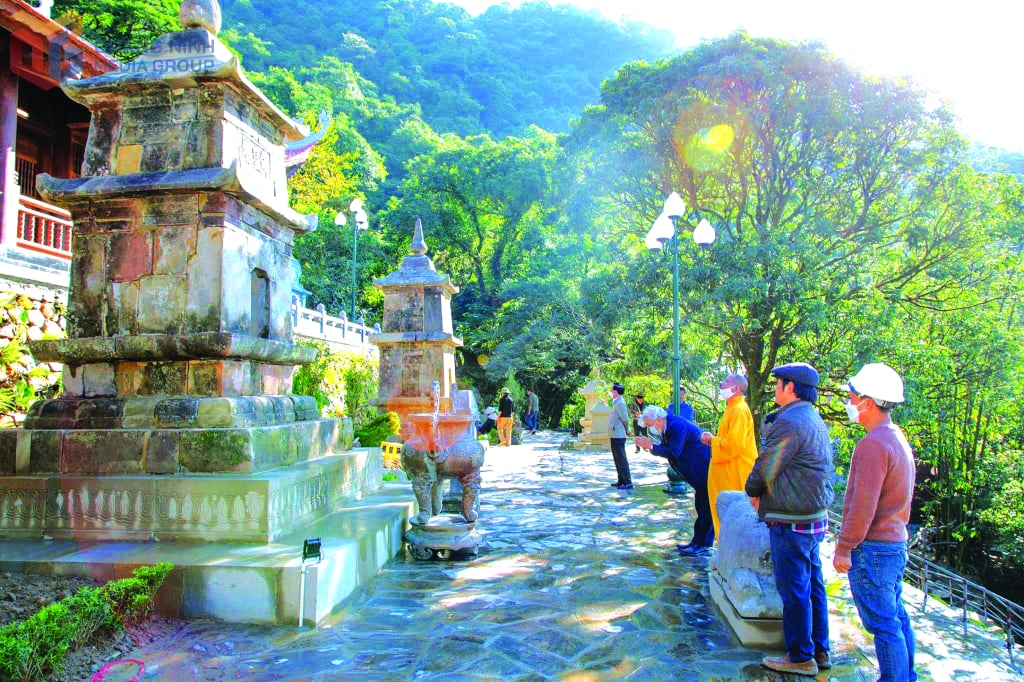
Vinh Nghiem, Thanh Mai and Con Son pagodas, centers for practice, preaching and association, are associated with the monastic life of the Second and Third Patriarchs Phap Loa and Huyen Quang. Bo Da and Nham Duong pagodas are associated with the revival and integration period of Truc Lam Buddhism.
The famous Kinh Chu caves and Yen Giang stake fields on the Bach Dang River demonstrate the great role and influence of Truc Lam Buddhism in all aspects of Dai Viet life during the Tran Dynasty, as well as further emphasizing the tradition of using land, forests, mountains, rivers, seas and islands of the Vietnamese people from ancient times, under the Tran Dynasty and up to the present day.

Amidst a majestic natural area, the heritage site meets a number of criteria that demonstrate outstanding global values. That is criterion (iii) - containing a unique and extremely different evidence of the tradition of practicing Truc Lam Buddhism and worshiping ancestors, gods and national heroes that has existed for thousands of years, through many ups and downs, is still being preserved, developed and spread globally.
And that is the criterion (vi) - Truc Lam Buddhism is a globally significant demonstration of how a religion, formed from many different sources of belief and originating from the sacred land of Yen Tu, has developed and influenced secular society, contributing to building a strong nation, ensuring peace and cooperation in the region.
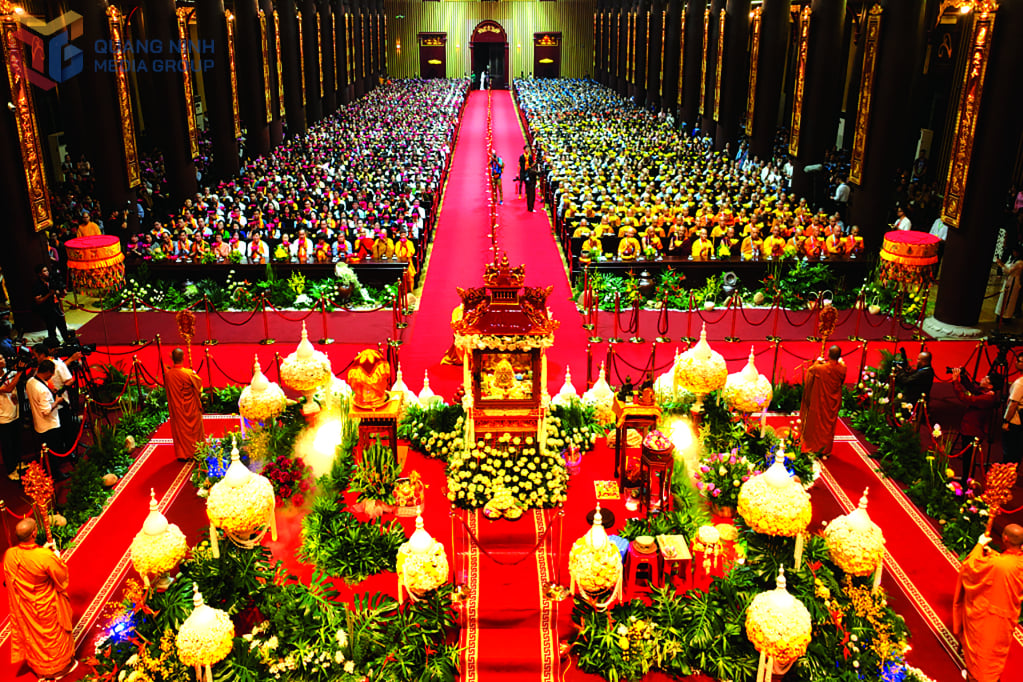
The heritage site is directly linked to the formation and spread of Truc Lam Buddhism. The continued maintenance of rituals, festivals, transmission of scriptures and pilgrimages to sacred sites – both in Vietnam and at Truc Lam establishments around the world – is a testament to the enduring value and global influence of Truc Lam Buddhism’s spiritual philosophy of self-cultivation, living in harmony with nature, loving peace and tolerance.
The 12 component heritage sites together reflect the entire scope of the Truc Lam Buddhist tradition in a comprehensive manner, from its formation at Yen Tu Mountain through ancient pagodas and archaeological remains, to its development and spread at Vinh Nghiem Pagoda, the Con Son - Kiep Bac scenic relic complex, to the period of systematization of doctrine through steles, relics and related ritual practices.
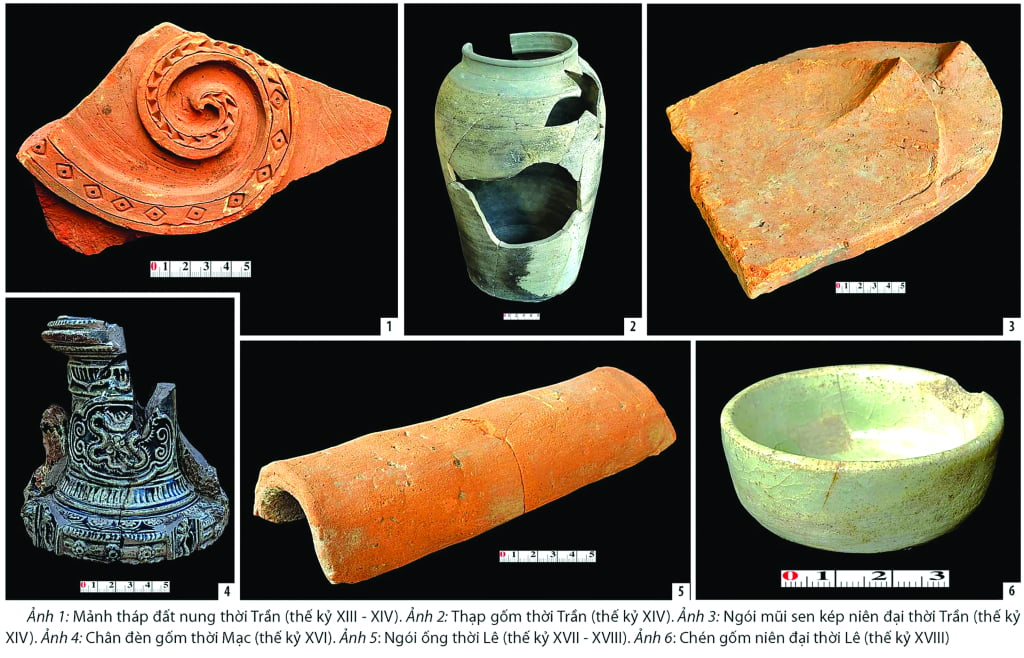
The chain of heritage sites provides a comprehensive representation of the historical, spiritual, and geographical aspects of Truc Lam Buddhism, reflecting its formation, spread, and enduring values through space and time. The heritage site complex maintains its visual, functional, and cohesive integrity, reinforced by ongoing religious activities, traditional conservation practices, and legal protection zoning. Buffer zones are clearly and adequately demarcated, ensuring effective heritage management.
The timely inscription of this unique heritage on the UNESCO World Heritage List will ensure that it receives the highest level of protection, preserving and promoting its special heritage value for future generations. This will honor the common aspiration and love for a peaceful and compassionate world in Southeast Asia and around the world.
Source: https://baoquangninh.vn/di-san-the-gioi-quan-the-di-tich-danh-thang-yen-tu-vinh-nghiem-con-son-kiep-bac-nhung-gia-tri-noi-ba-3366485.html



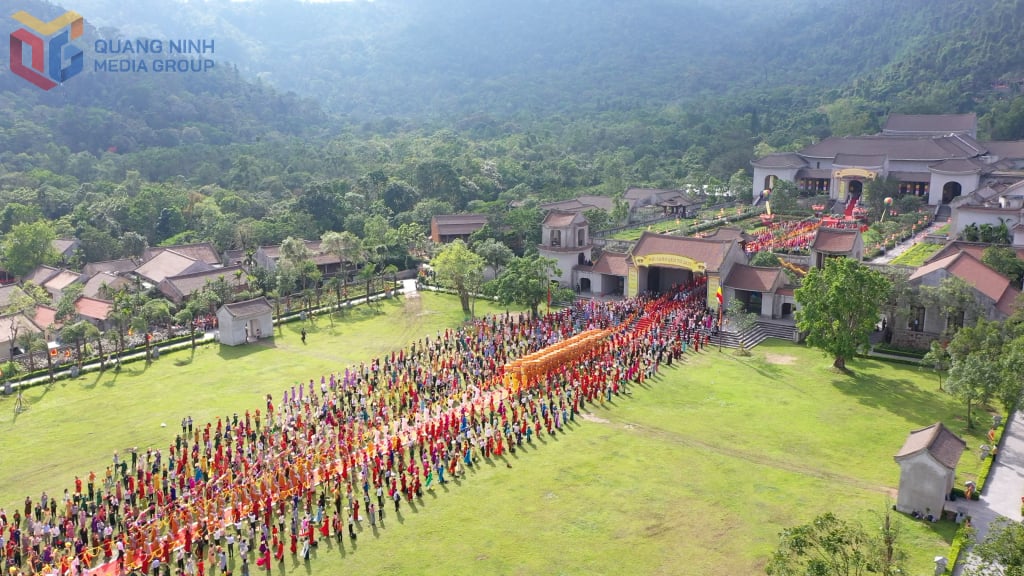


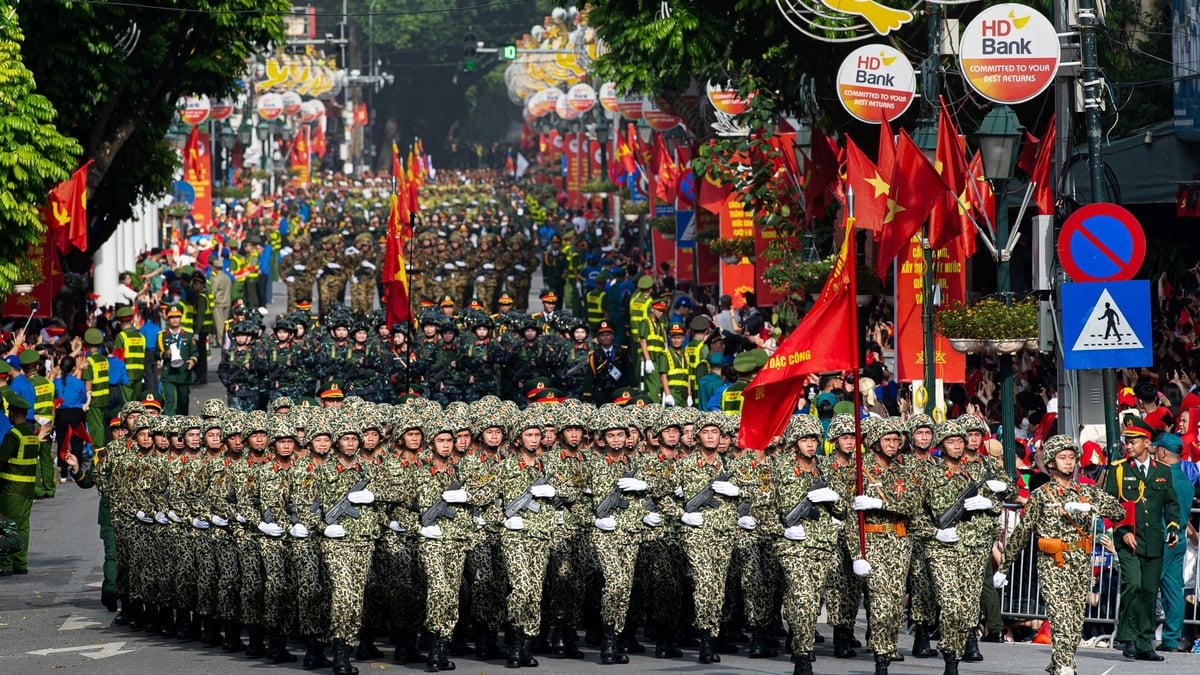
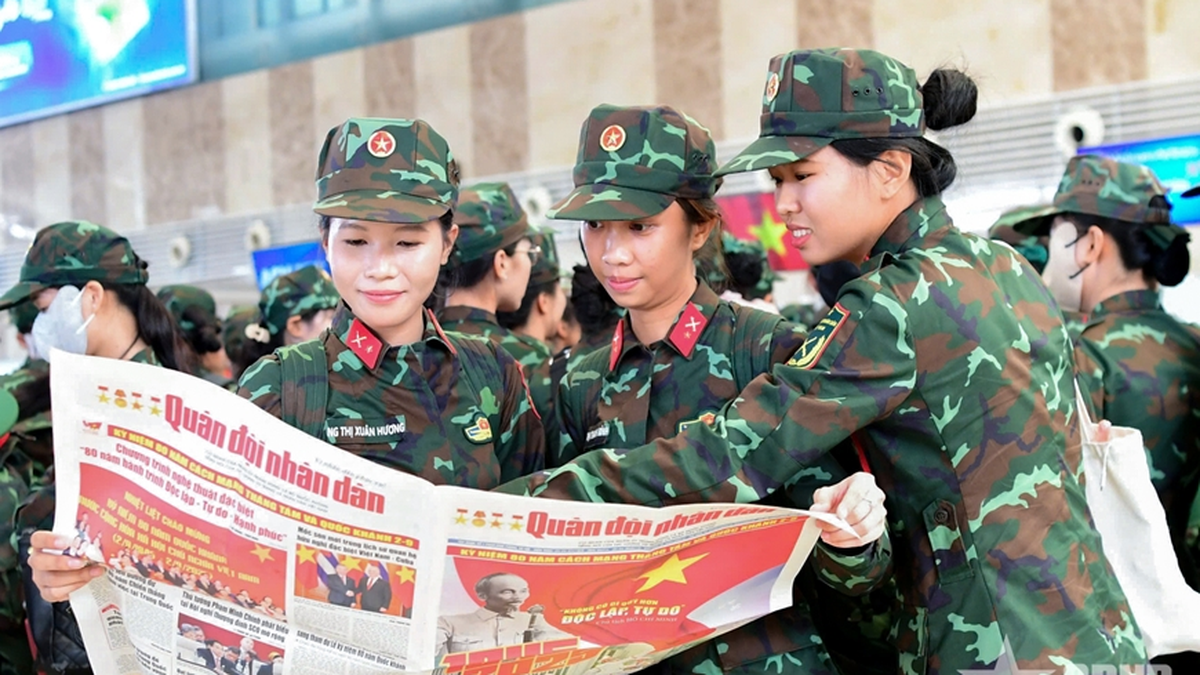
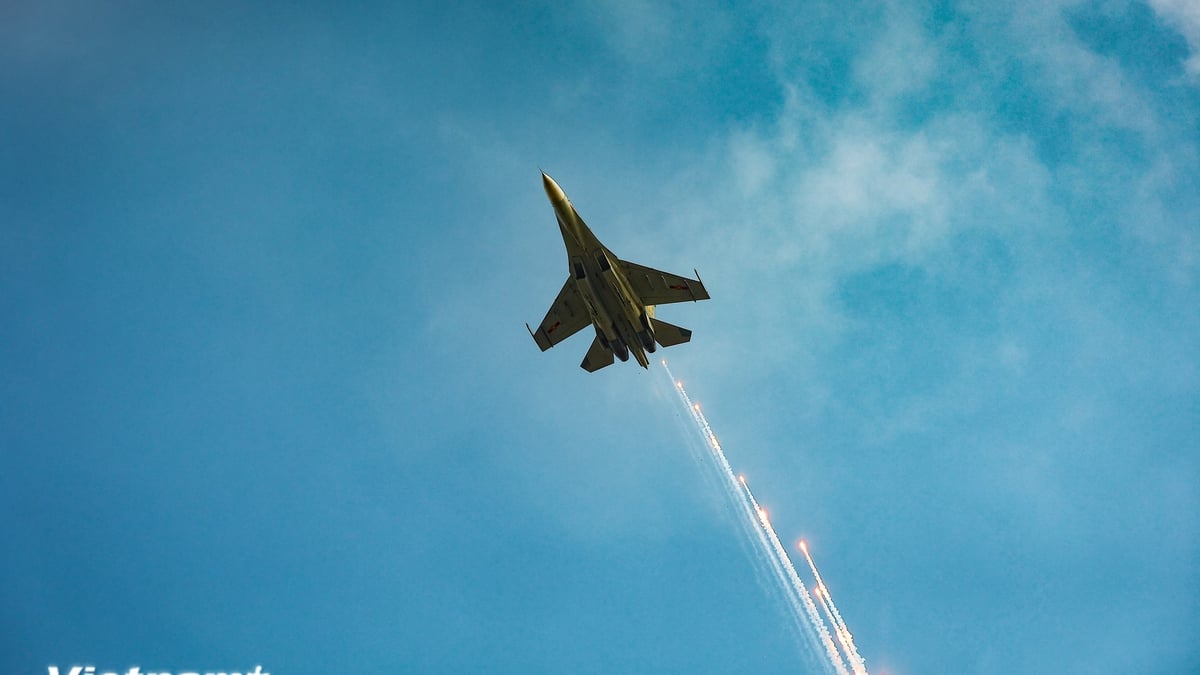
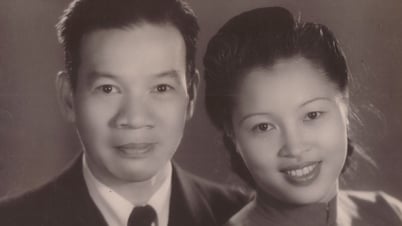


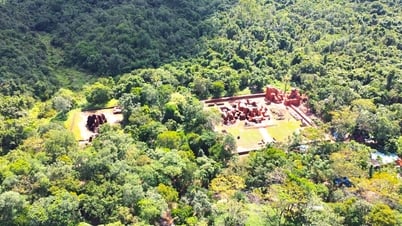

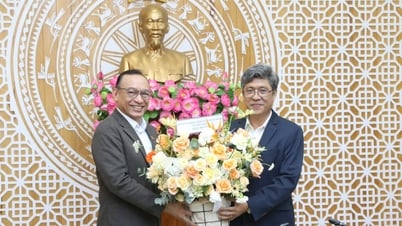

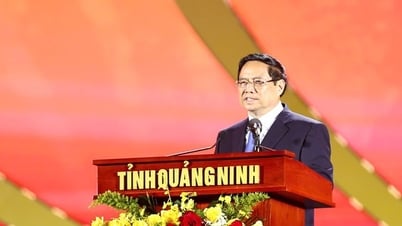

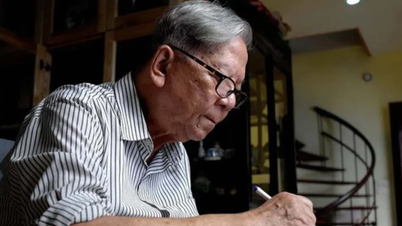







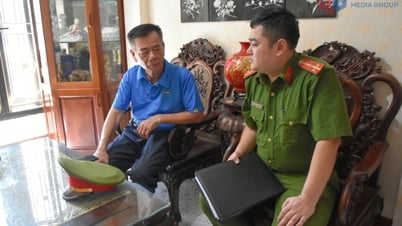


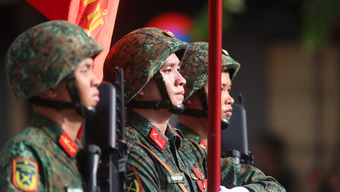
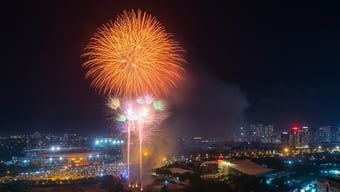


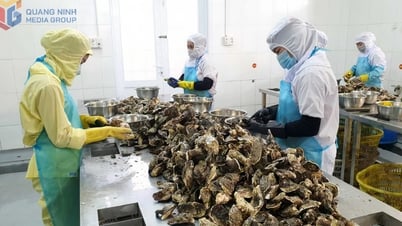


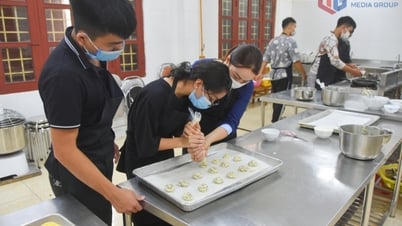



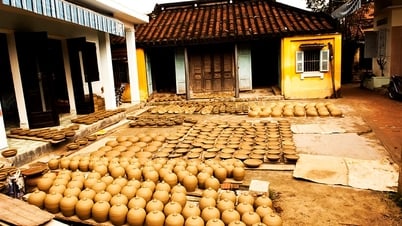

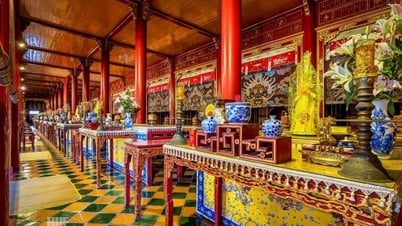
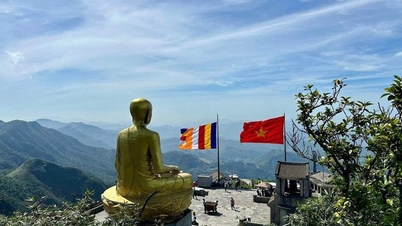

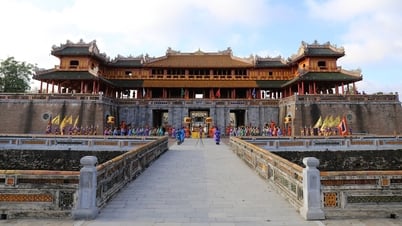
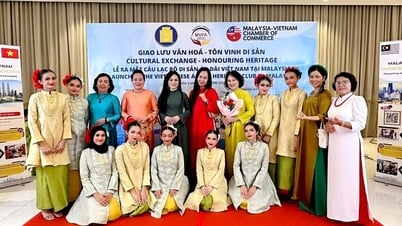




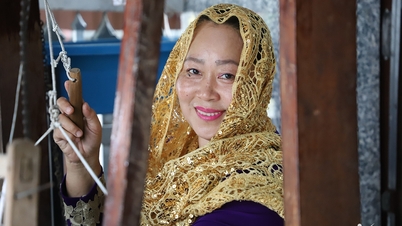



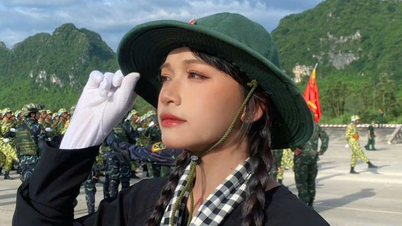


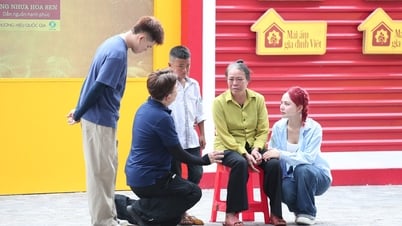









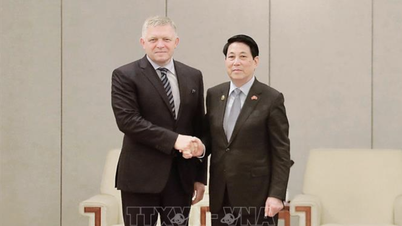

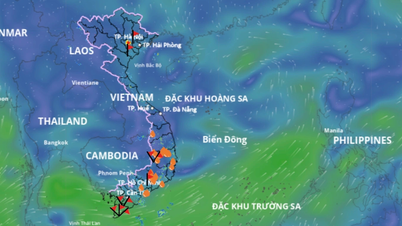
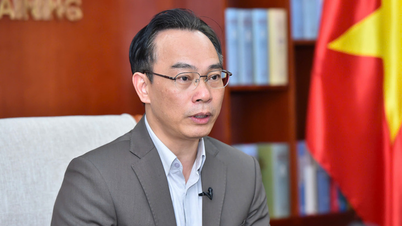

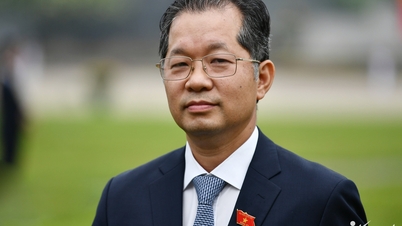



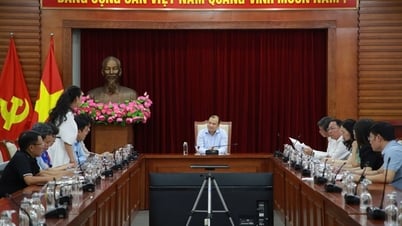
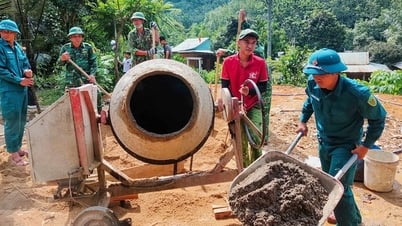
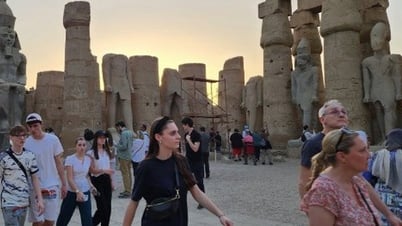
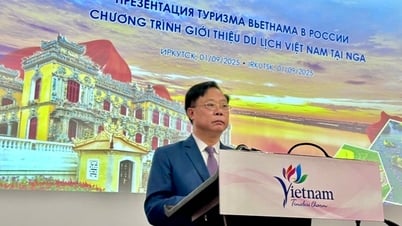

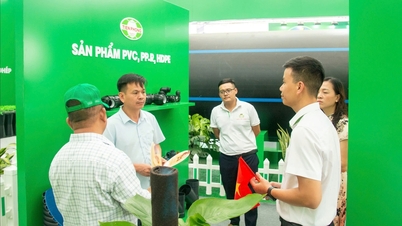



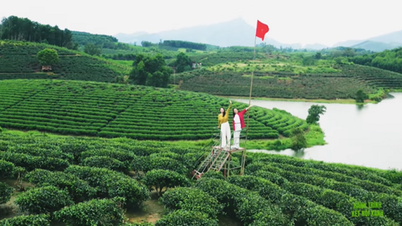

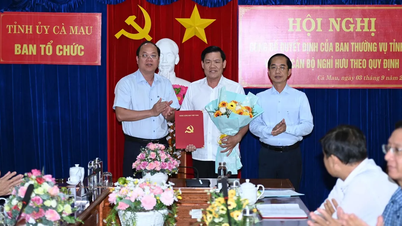


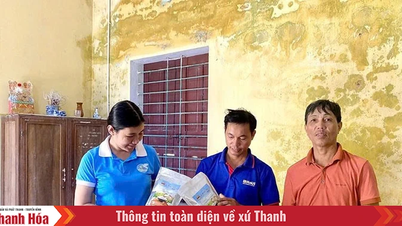


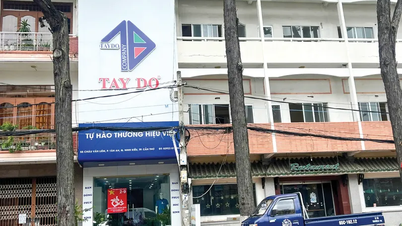



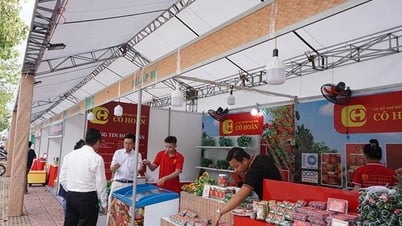




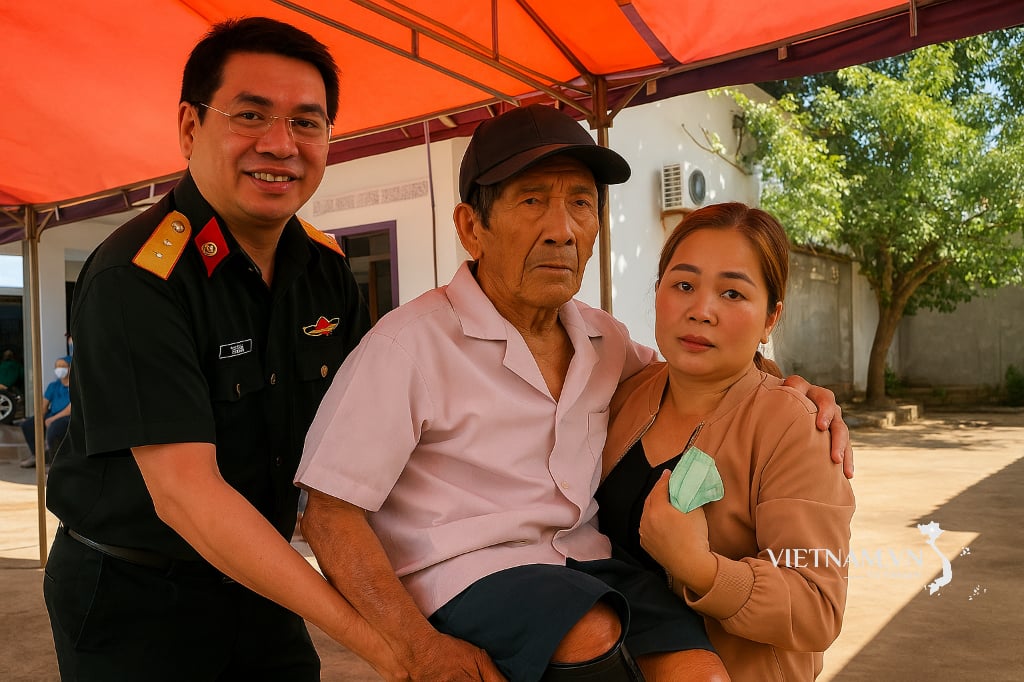


Comment (0)